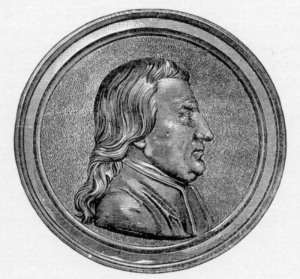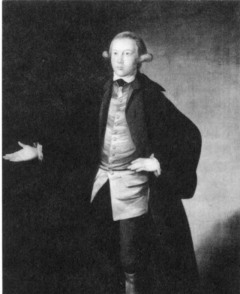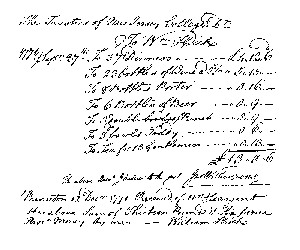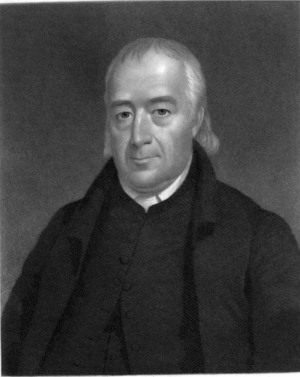James T. Herron, Jr.
Annotations are included in the text in red, with a bullet.
Preparatory studies
Princeton
|

|
 |
|
None of the students shall play at cards, or dice, or any other unlawful game…. No jumping, hollaring, or boisterous noise shall be suffered in the college at any time, or walking in the gallery in the time of study. No member of college shall wear his hat in the college at any time, or appear in the dining room at meal time, or in the hall in any public meeting, or knowingly in the presence of the superiority of the college, without an upper garment, and having shoes and stockings tight. Every scholar shall rise up and make obeisance [bow] when the President goes in or out of the hall, or enters the pulpit on days of religious worship. Every Freshman sent of an errand shall go and do it faithfully, and make a quick return. Every scholar in college shall keep his hat off about ten rods to the President, and five to the Tutors.

Tutor Smith, a lyer so grand
Treads not upon this classic land;
Tutor Smith, so won’drous civil
Compound odd of Saint & Devil.
This Smith a parson too, alas!
He more resembles for an ass.
. . .
He looks demure as any nun,
Tho’ meanest fellow under sun.
. . .
Proud of his beauty too; I swear
He is all lovely & all fair;
Proud of his manners, ‘tis most true
(We must e’en give the dev’l his due)
In manners he excels; he came
From Pequea, land of wond’rous fame,
Where learning, wit & genius shine,
Ecce Signum. I am divine!
Harrison, Princetonians: 1769-1775, 150-152.
 |
|
Home